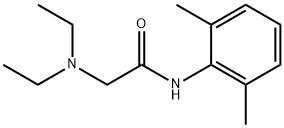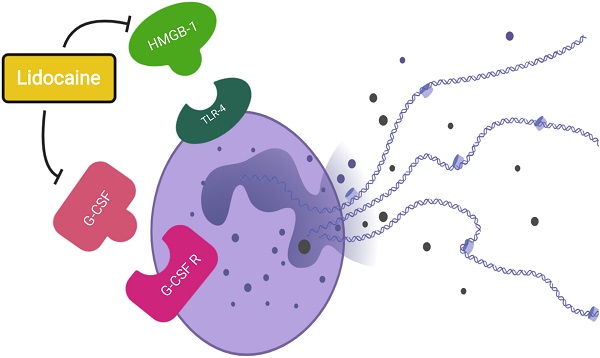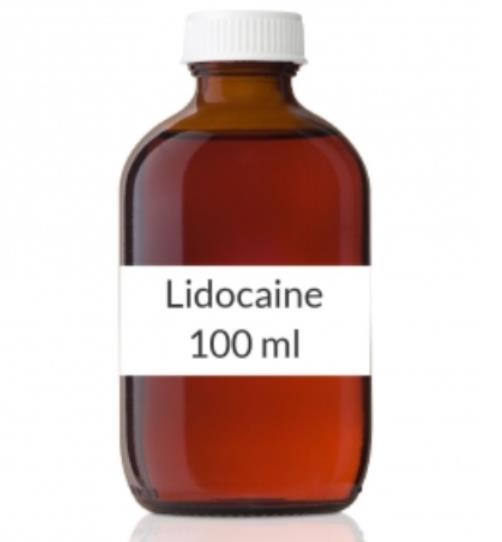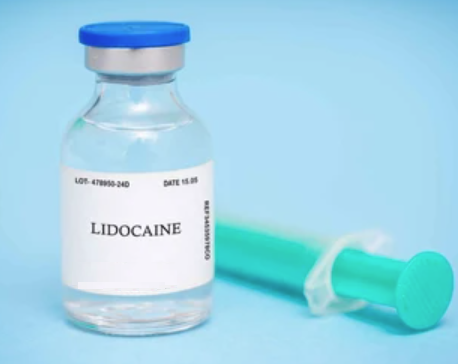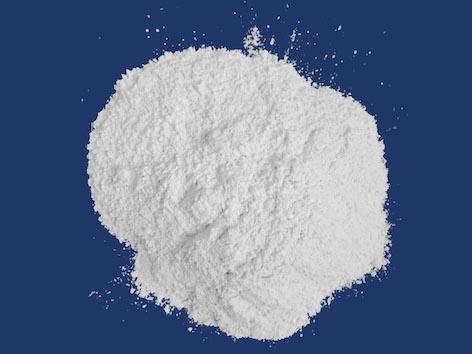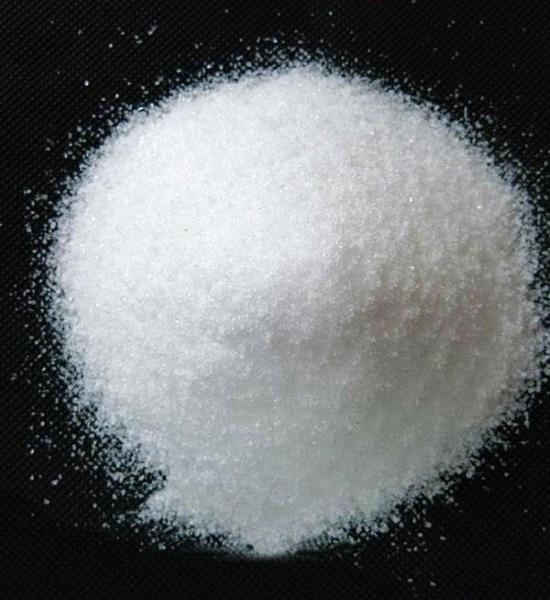Lidocaine: Medical uses, Pharmacology and Side effects
General description
Lidocaine, also known as lignocaine, is a local anesthetic of the amino amide type. It is also used to treat ventricular tachycardia. When used for local anaesthesia or in nerve blocks, lidocaine typically begins working within several minutes and lasts for half an hour to three hours. Lidocaine mixtures may also be applied directly to the skin or mucous membranes to numb the area. It is often used mixed with a small amount of adrenaline (epinephrine) to prolong its local effects and to decrease bleeding. If injected intravenously, it may cause cerebral effects such as confusion, changes in vision, numbness, tingling, and vomiting. It can cause low blood pressure and an irregular heart rate. There are concerns that injecting it into a joint can cause problems with the cartilage. It appears to be generally safe for use in pregnancy. A lower dose may be required in those with liver problems. It is generally safe to use in those allergic to tetracaine or benzocaine. Lidocaine is an antiarrhythmic medication of the class Ib type. This means it works by blocking sodium channels and thus decreasing the rate of contractions of the heart. When injected near nerves, the nerves cannot conduct signals to or from the brain.[1] Its appearance is as follows:
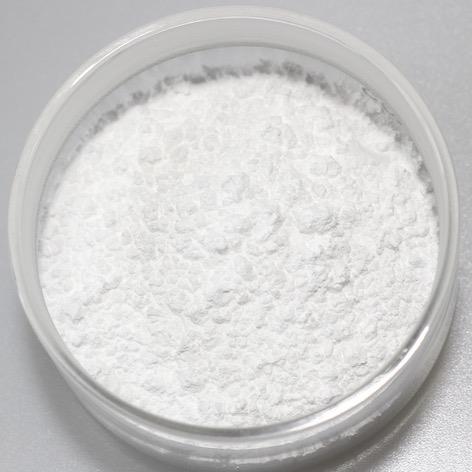
Figure 1 Appearance of Lidocaine.
Medical uses
The efficacy profile of lidocaine as a local anaesthetic is characterized by a rapid onset of action and intermediate duration of efficacy. Therefore, lidocaine is suitable for infiltration, block, and surface anaesthesia. Lidocaine is one of the most commonly used local anaesthetics in dentistry. It can be administered in multiple ways, most often as a nerve block or infiltration, depending on the type of treatment carried out and the area of the mouth worked on.[2] Lidocaine is also the most important class-1b antiarrhythmic drug; it is used intravenously for the treatment of ventricular arrhythmias (for acute myocardial infarction, digoxin poisoning, cardioversion, or cardiac catheterization) if amiodarone is not available or contraindicated. Lidocaine should be given for this indication after defibrillation, CPR, and vasopressors have been initiated. A routine preventative dose is no longer recommended after a myocardial infarction as the overall benefit is not convincing.[3]
Pharmacology
When used as an injectable it typically begins working within four minutes and lasts for half an hour to three hours. Lidocaine is about 95% metabolized (dealkylated) in the liver mainly by CYP3A4 to the pharmacologically active metabolites monoethylglycinexylidide (MEGX) and then subsequently to the inactive glycine xylidide. MEGX has a longer half-life than lidocaine, but also is a less potent sodium channel blocker.[4] The volume of distribution is 1.1 L/kg to 2.1 L/kg, but congestive heart failure can decrease it. About 60% to 80% circulates bound to the protein alpha1 acid glycoprotein. The oral bioavailability is 35% and the topical bioavailability is 3%.
Side effects
Adverse drug reactions (ADRs) are rare when lidocaine is used as a local anesthetic and is administered correctly. Most ADRs associated with lidocaine for anesthesia relate to administration technique (resulting in systemic exposure) or pharmacological effects of anesthesia, and allergic reactions only rarely occur.[5] Systemic exposure to excessive quantities of lidocaine mainly result in central nervous system (CNS) and cardiovascular effects – CNS effects usually occur at lower blood plasma concentrations and additional cardiovascular effects present at higher concentrations, though cardiovascular collapse may also occur with low concentrations. Common ADRs include: headache, dizziness, drowsiness, confusion, visual disturbances, tinnitus, tremor, and/or paraesthesia. Infrequent ADRs associated with the use of lidocaine include: hypotension, bradycardia, arrhythmias, cardiac arrest, muscle twitching, seizures, coma, and/or respiratory depression.
References
[1]Lidocaine Hydrochloride (Antiarrhythmic). The American Society of Health-System Pharmacists. Archived from the original on 2015-08-10. Retrieved Aug 26, 2015.
[2]Cepeda et al. Tzortzopoulou A (ed.). "Adjusting the pH of lidocaine for reducing pain on injection". The Cochrane Database of Systematic Reviews, 2010, (12): CD006581.
[3]Martí-Carvajal et al. Prophylactic lidocaine for myocardial infarction. The Cochrane Database of Systematic Reviews, 2015, 8 (8): CD008553.
[4]Lewin et al. Chapter 61: Antidysrhythmics. In Flomenbaum N, Goldfrank LR, Hoffman RL, Howland MD, Lewin NA, Nelson LH (eds.). Goldfrank's Toxicologic Emergencies (8th ed.). New York: McGraw-Hill. 2006, pp. 963–4.
[5]Jackson et al. Identifying true lidocaine allergy. J Am Dent Assoc. 1994, 125 (10): 1362–6.You may like
Related articles And Qustion
Lastest Price from Lidocaine manufacturers
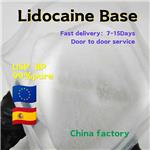
US $0.00-0.00/kg2025-07-12
- CAS:
- 137-58-6
- Min. Order:
- 1kg
- Purity:
- 99%pure
- Supply Ability:
- 10 tons

US $5.00-0.50/KG2025-06-05
- CAS:
- 137-58-6
- Min. Order:
- 1KG
- Purity:
- 99% hplc
- Supply Ability:
- 500TONS
